Click to Skip Ahead
It seems like you can spot a cat everywhere you go, lurking about alleyways, parking lots, and backyards. Unfortunately, many of these cats don’t have a place to call home, and they never will.
Feral cat numbers are extremely high, especially in heavily populated areas. If you encounter one of these cats, just how safe is interaction? Most feral cats aren’t inherently dangerous to humans just by being there, but they can become aggressive or dangerous to humans if handled. However, they pose a greater risk to our pets and wildlife. We go over here what dangers feral cats pose, how to help them, and what you can do to protect your own cats.
The Feral Cat Population
The feral cat population is a big problem. In the United States alone, there are an estimated 50 to 70 million feral cats. This number is astronomical considering that there are only 94.2 million cats registered (as of 2017).
While it is absolutely heartbreaking and devastating what human beings have done to cats, it’s equally problematic. Cats are fierce little creatures that have extensive prey drives. Not only can they carry their fair share of disease, but they also pose a threat to wildlife.
Since cats can reproduce so many times in a year, numbers can increase drastically, and rescues can’t get to them quickly enough. Often, you can find groups of feral cats in small communities behind buildings, in alleyways, or even in wooded areas where it is easy for them to find food.
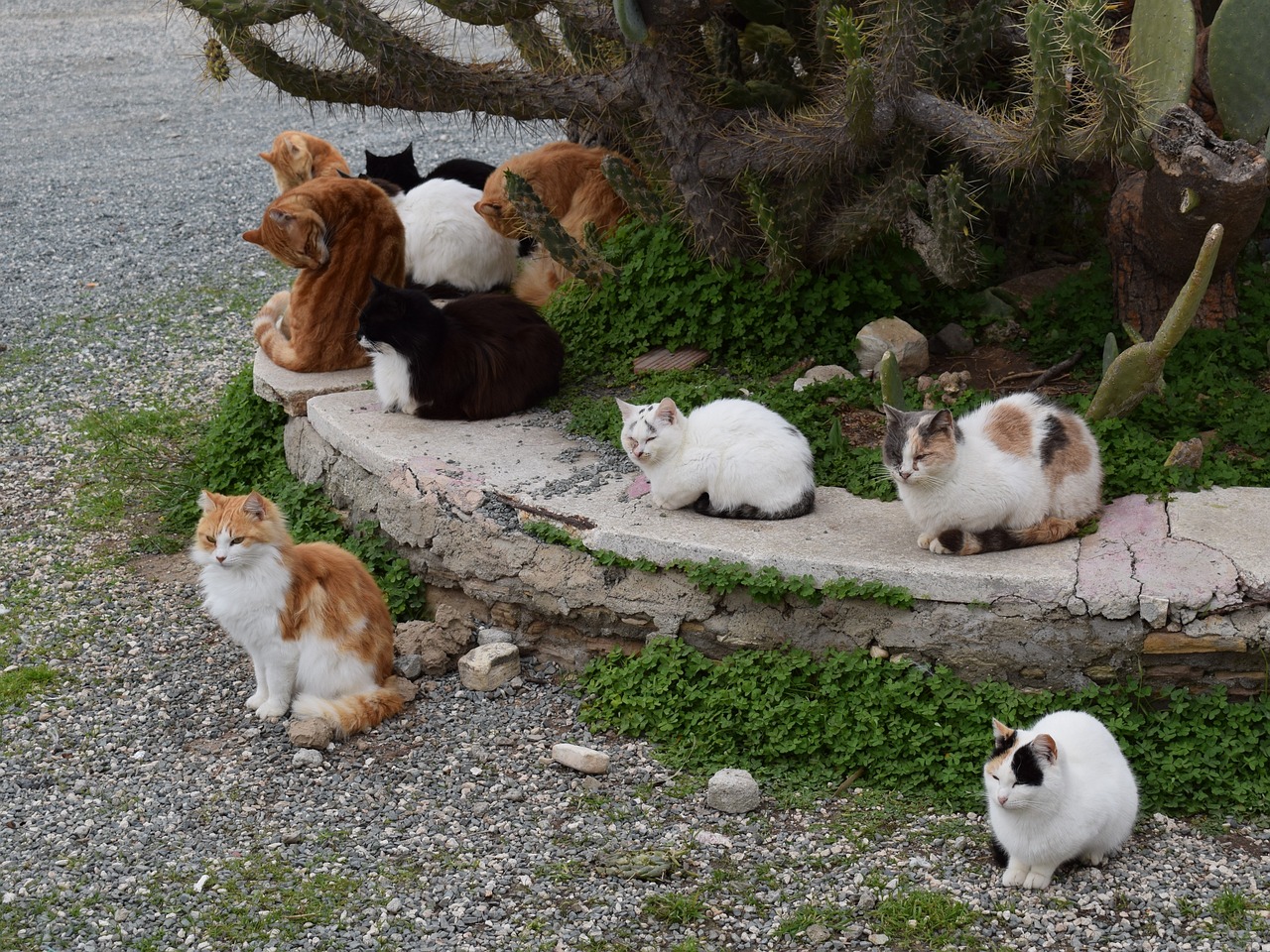
The 6 Diseases Carried by Feral Cats
Unfortunately, feral cats can develop many diseases due to a lack of proper vetting and exposure to the elements. If these diseases are transmitted to humans or pets, it can be severe and even life threatening in some circumstances.
1. Feline Herpes Viral Conjunctivitis
Feline herpes viral conjunctivitis is a type of primary conjunctivitis caused by the feline herpes virus, or FHV-1. While some cases are self-resolving, an estimated 80% of infected cats can be lifelong carriers, passing this condition to many other cats that they encounter throughout their lifetime.
This ailment is a visual virus, which displays signs that you can see. Typically, you will notice squinting, swollen tissue around the eyelids, and yellow or green discharge. They might also display upper respiratory signs like sneezing or drainage.
2. Feline Immunodeficiency Virus
Feline immunodeficiency virus (FIV) is comparable to the human version of HIV. This lifelong virus affects the immune system and reduces the cat’s ability to fight off infection. Some cats can live their entire lives without it ever becoming problematic.
For others, it can cause a direct decrease in their immune system, leading to deaths, usually from other causes. While this virus is rare, it affects 2% to 3% of cats in the United States alone. With indoor cats, the numbers are almost nonexistent. However, the feral cat population is where most of the problem lies. This particular disease can be transmitted through bites, scratches, and from mother to fetus.
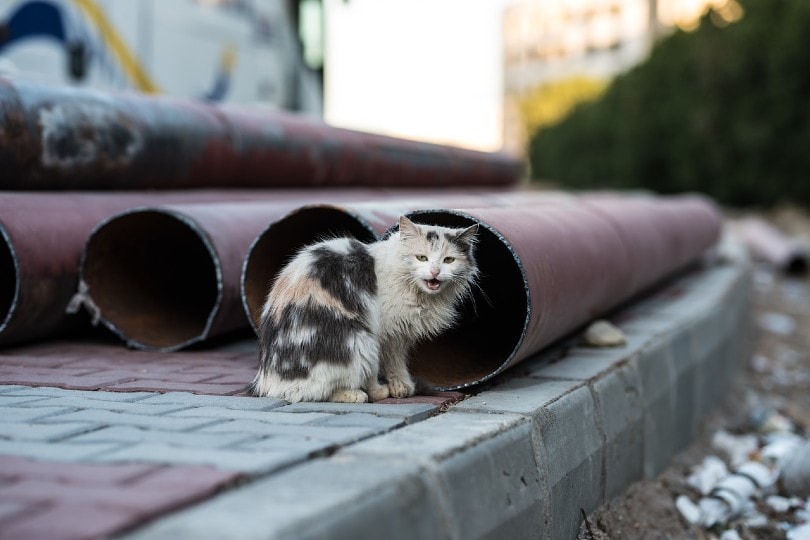
3. Feline Leukemia Virus
Much like FIV, the feline leukemia virus is a retrovirus that attacks the immune system. It can lead to bone marrow disorders like anemia and cancers like leukemia. This virus can be transmitted through blood, saliva, milk, and waste.
Signs of feline leukemia generally include weight loss, appetite loss, a lackluster coat, enlarged lymph nodes, fever column, and pale gums. However, in some cases, it can be asymptomatic for quite some time.
This condition affects 2% to 3% of the feral cat population. Since most feral cats are unaltered, this disease can easily pass from a mother to her babies, spreading the illness that much further.
4. Infectious Peritonitis
Feline infectious peritonitis is a viral disease caused by the feline coronavirus. There could be many strains of feline coronavirus, all of which are found in the gastrointestinal tract. Unfortunately, this disease is generally progressive without proper veterinary care and will eventually be fatal.
5. Cat Scratch Fever
Cat scratch fever is an illness that results from a certain kind of bacteria being transferred to your bloodstream. You could get this illness if a cat infected by this bacteria licks, scratches, or bites to draw blood.
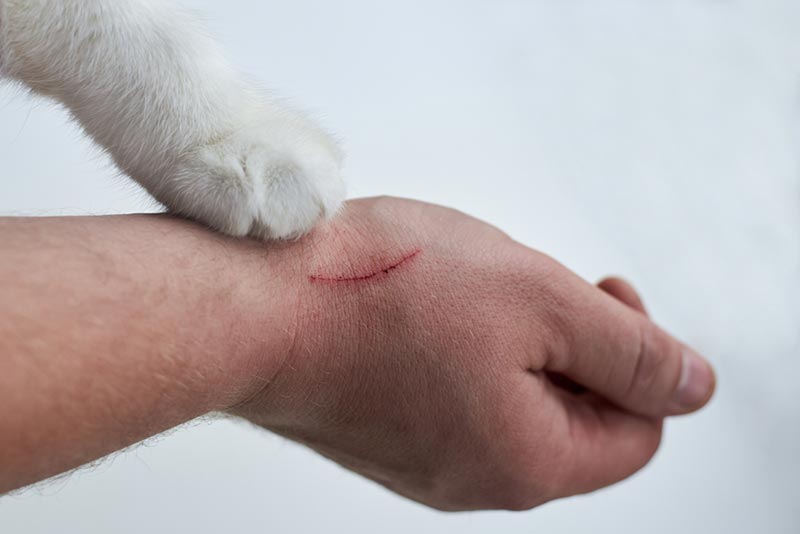
6. Parasites
Parasites are a pretty routine thing for most cat owners. After all, we have to treat our cats at a scheduled time a few times a year for fleas, worms, and other invaders. Unfortunately, feral cats do not get the same treatment, and they cannot access these medications to clear these parasites from the body. Therefore, they can transfer them to other cats and even people who come in contact with their waste. Unfortunately, even something as simple as fleas can cause life-threatening issues for a feral cat if the infestation progresses enough.
While vaccinations can certainly do their part to eliminate many of these illnesses in domestic cats, some are still transmissible. If you allow your cat outside, some of these diseases can be transmitted through skin breakage and saliva transfer.
Potential Dangers of Feral Cats
Feral cats can pose a danger to several things around your yard space. First, if you have wildlife that commonly visits the area, you put them at more of a risk of being killed. Feral cats can also destroy flowerbeds and garden spaces, as these are prime outdoor litter boxes.
Second, if feral cats are doing their business in your yard space, this can be dangerous when you are weeding or handling your plants. Cats can make messes and spray to mark their territory around your property too, which can then attract other cats and make your outside space pretty stinky.
We already talked about disease, but there are other things to be conscious of. In addition to personal property around the yard space, feral cats can pose a danger to your existing cats. Unaltered cats can start fights, resulting in major injuries.
If your little one enjoys sitting outside but keeps getting picked on by the neighborhood gang, it can affect their enjoyment. If your cat gets caught up in the squabble, they can get injured, which can drive up vet bills.
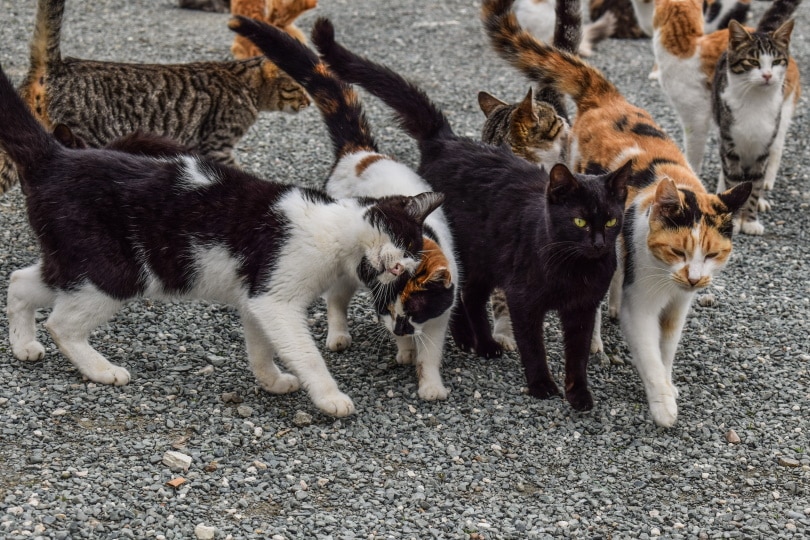
Threat to Native Birds
Not only are these cats without homes and proper care, but they also threaten wildlife around the area. While you might not mind the feral cats taking out pesky mice or rats living around your home, other wildlife can be a very different story.
One of the biggest concerns folks have with homeless cats is that they threaten birds. They are the leading cause of bird population decline above any other. One study shows that on average, a single cat can kill between 23 and 46 birds per year.
You can quickly imagine how much damage up to 70 million cats can do to the native bird population. If they were killing them for sustenance, that would be one thing. However, many cats don’t eat the prey, meaning the bird has died for nothing.
Feral Cats Live Difficult Lives
It’s no secret that feral cats live very difficult lives. Unfortunately, these cats don’t just roam freely and die naturally from old age. These cats typically suffer tremendously without the appropriate care. They can be victims of gruesome deaths that are uncomfortable to discuss. But it is vital to be educated about this problem.
Feral cats can die of all sorts of diseases and injuries. Many people do not value the lives of feral cats and will abuse, shoot, mutilate, drown, poison, and do other unspeakable things to these animals. They are often used for other horrific acts, such as bait for dog fighting or target practice. They can be trapped and used for medical experimentation too.
Humans have created quite an epidemic regarding the feral cat population, but we can all do our part to make it right. The facts are that these cats are not native to the outdoor world. We have created these domestic creatures and set them loose to do their damage and have damage done to them.
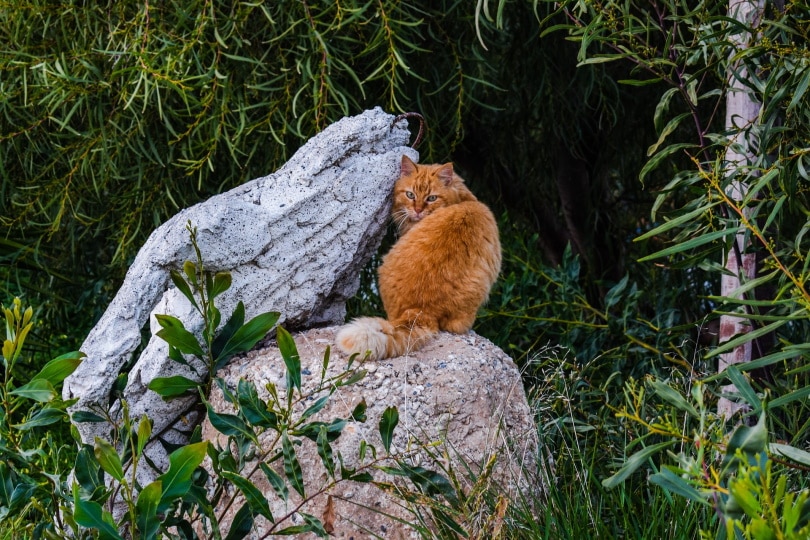
How to Help
Unfortunately, many areas are overrun with stray and feral cats. You might get the automatic urge to trap the cats to take them to your local rescue shelter for adoption. Unfortunately, most feral or stray cats are unadoptable because they haven’t been properly socialized. Due to their lack of adaptability, many feral cats face euthanasia every year.
According to the National Kitten Coalition, approximately 1.4 million cats are euthanized annually. Additionally, it estimates that 37% of cats that enter shelters are adopted, 41% are euthanized, and only 5% are returned to owners. This number is astronomical and semi-avoidable.
Feeding Ferals
Please be mindful that in some jurisdictions, feeding feral animals is strongly discouraged. For example, the AVMA doesn’t recommend feeding feral cats for public health reasons. Feeding feral cats without any intention of adopting, neutering, or rescuing them is considered counterproductive to animal welfare, as the animals will continue to reproduce in the area while still facing the many struggles of being feral. Feeding feral cats with the intention of rescuing them is considered acceptable in most instances.
TNR Programs
Generally speaking, the best way you can help feral and stray cats is through a Trap-Neuter-Return (TNR) program. The whole concept of this is to stop the reproduction of street cats to help homelessness. Families can trap feral cats in their neighborhood and then bring them into participating shelters and rescues to get spayed or neutered. Not only does this reduce the number of litters born per year, but it also eliminates a lot of poor behaviors associated with mating, like yowling, spraying, and fighting.
When you bring in a cat for this service, the veterinarian will also vaccinate and ear-tip the cat. Ear-tipping is a marker that lets others know that the cat has been altered. The vet will clip a small portion of the cat’s ear as a visual symbol.
After these services are performed, you then bring the cat back to the same area and release them into the wild, none the wiser. While it isn’t a fix-all solution, it definitely reduces the number of feral cats and helps to cut back on disease.
Conclusion
If you’re asking if feral cats are dangerous, the truth is that they absolutely can be. Not only can they pass along certain illnesses to people, but they also pose a threat to wildlife and domestic pets. On the same note, though, feral cats are in danger of abuse, disease, and myriad other problems.
It may take a while to get the feral cat community under control, but with enough helping hands, we can make a difference. With programs such as the TNR concept, we can stop the reproduction, fighting, and marking associated with street cats to reduce their numbers and protect them simultaneously.
It might be a long haul, but there are definitely ways that we can all do our part to help.
Featured Image Credit: Murat An, Shutterstock

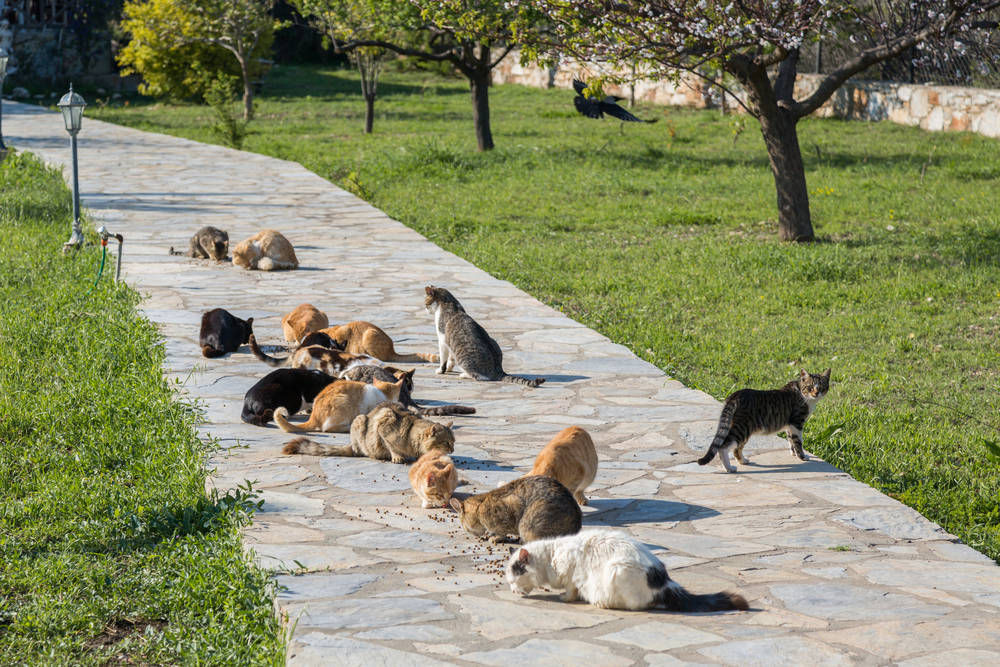
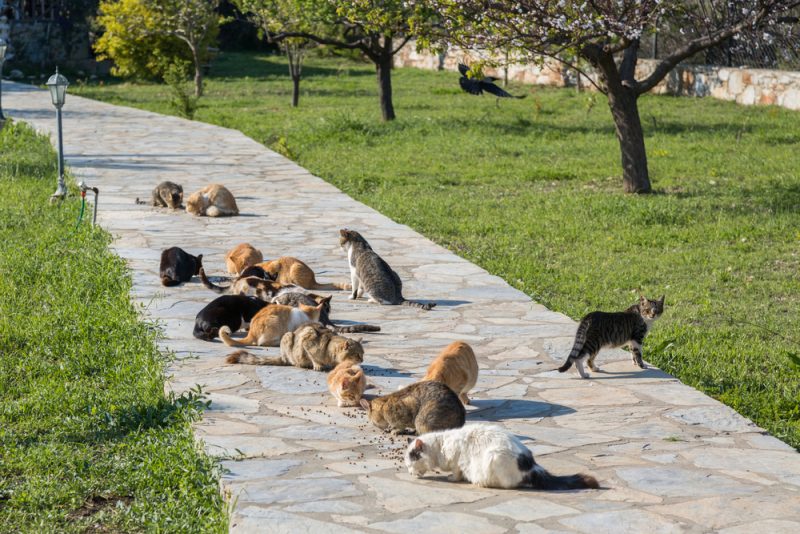



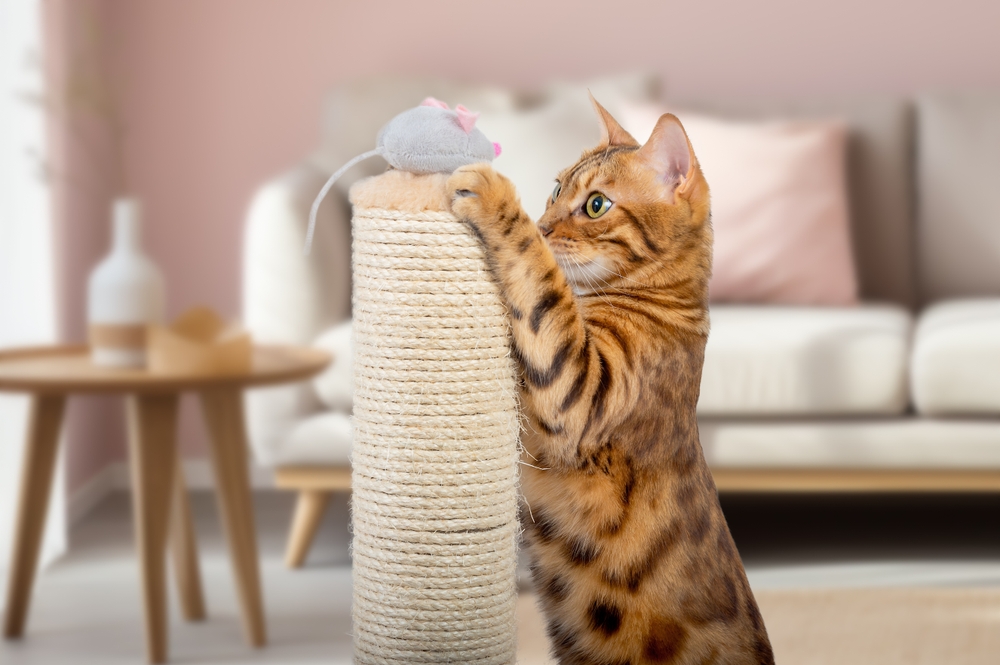
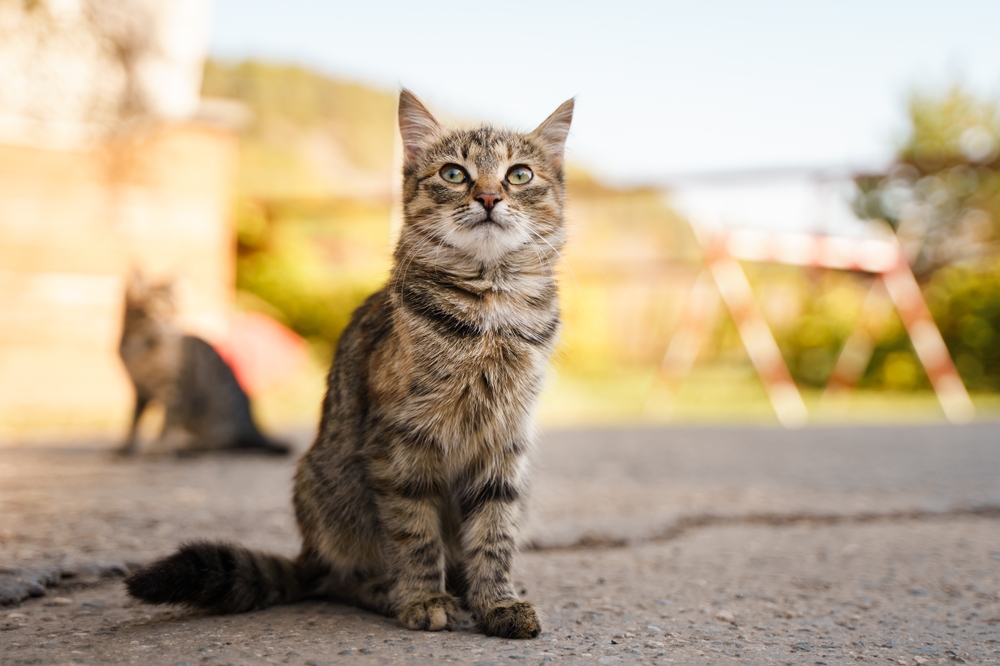
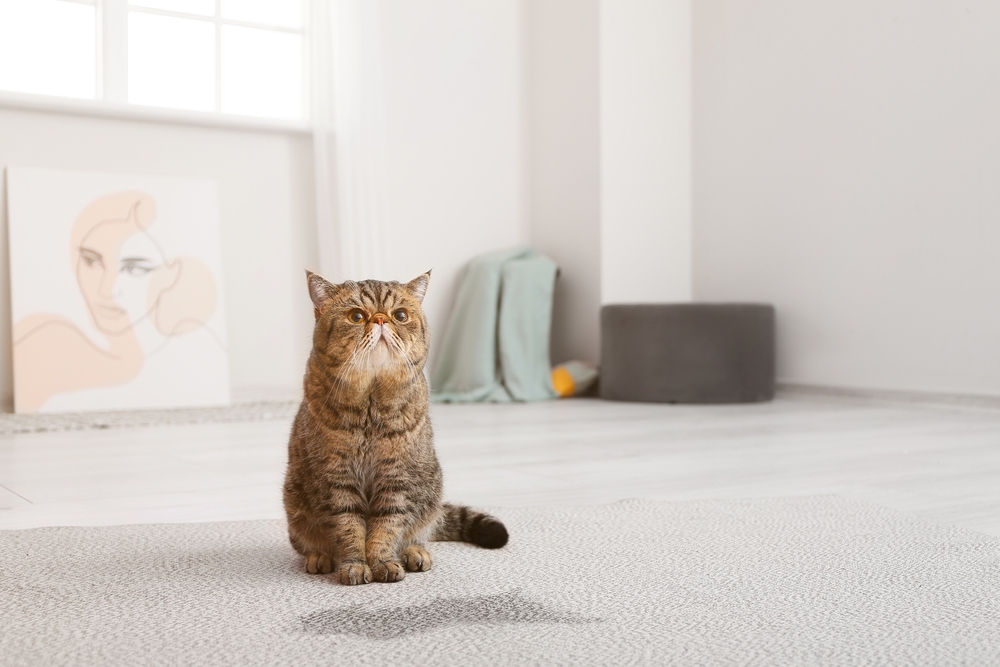


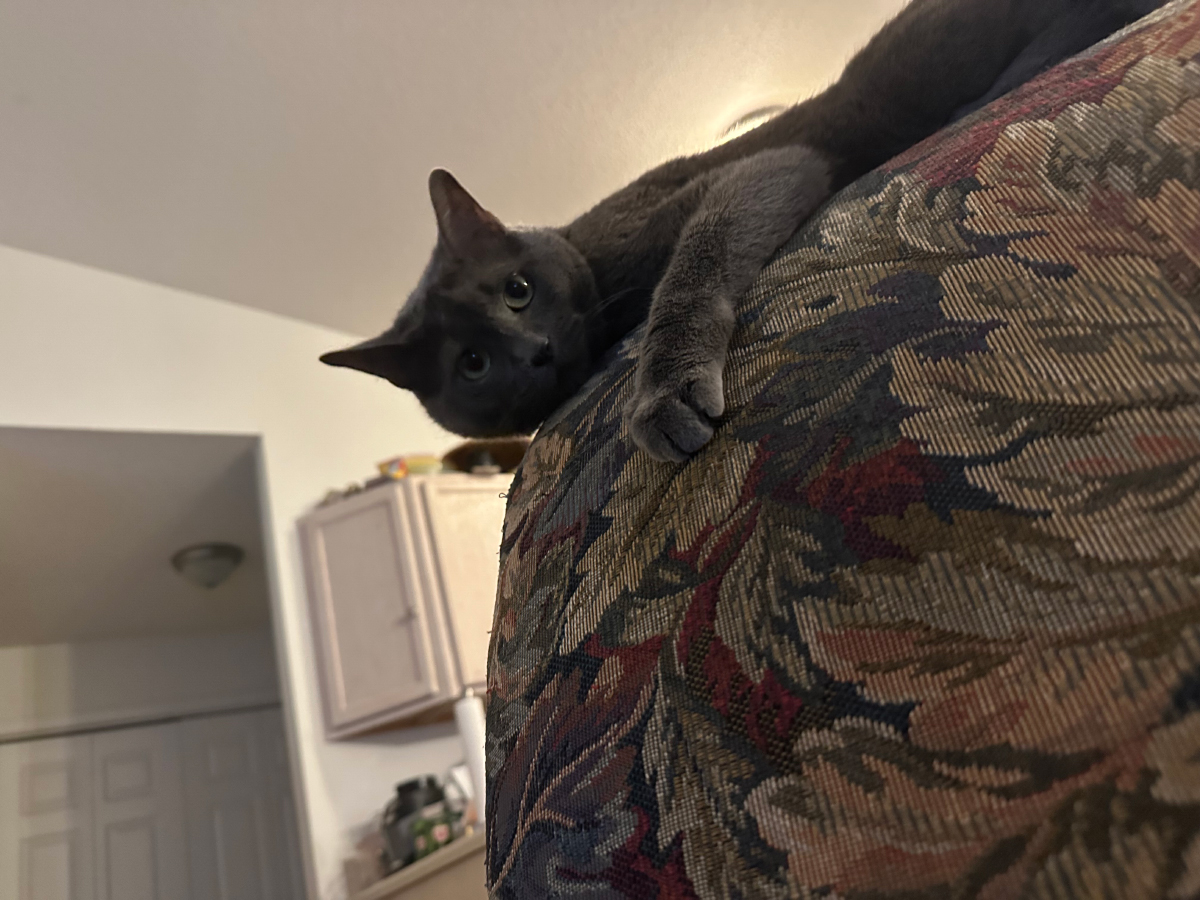
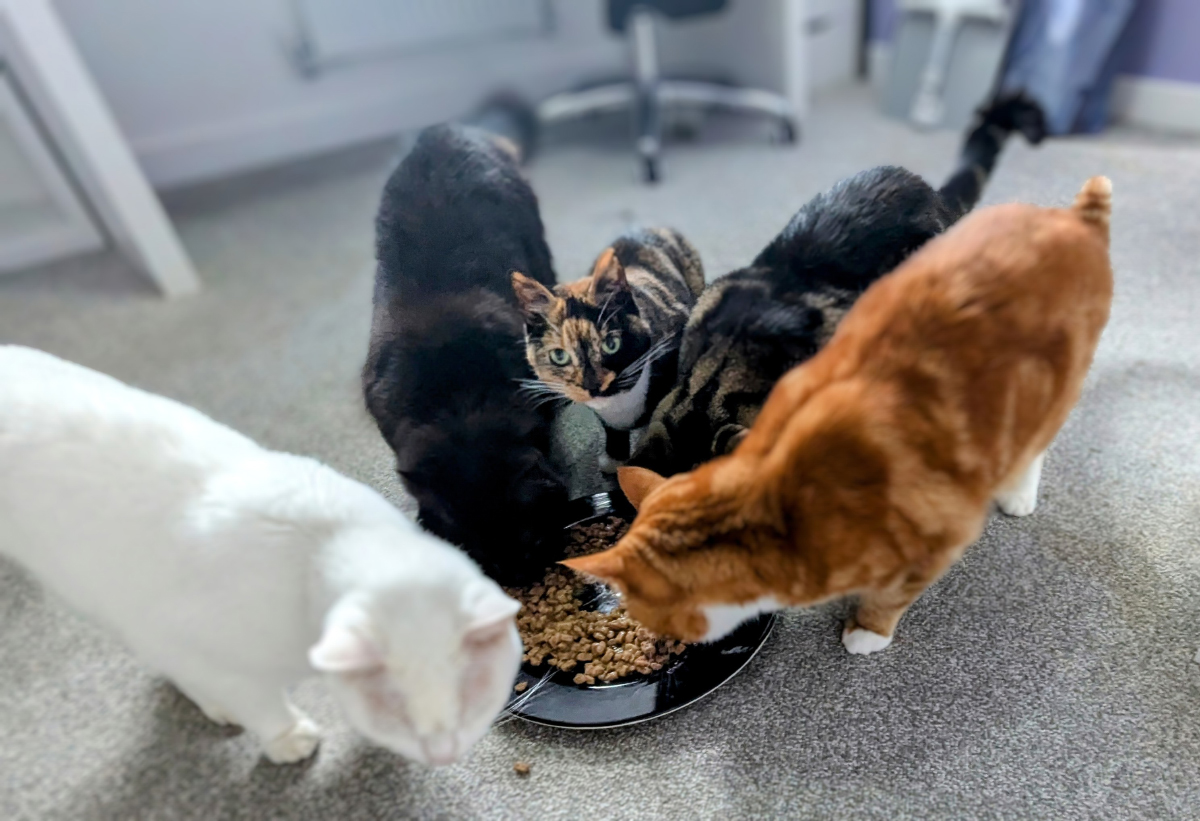

I have been feeding a feral cat for 4 years. she now meows a lot at me but still will not eat till I leave. I trapped her and her babies 4 years ago. the shelter kept the babies but released her back here so I felt the need to feed her. I wish I never did. She is expecting me to feed her but still wants nothing to do with me. I am forever worried now, as I want to move and no one will feed her when I do move. I can't imagine the amount of diseases she has but also can't believe how vocal she has become with me but also hisses at me. My thought was after a year she should be good and I could take her in. That never happened and now I have to let her go back to fending for herself when I move. I feel bad and will never feed one again. Hard to watch
Hi Paula,
You did a loving thing from your heart, and you saved her babies lives. There are anecdotal stories of feral cats turning into loving domesticated kitties but the norm is that feral cats remain feral. Please don't be so hard on yourself, you've given her food and life for four years, you should be proud of the care you've given. She is still a cat and will instinctually know how to hunt and fend for herself if you are not there to provide. Thank you for sharing your story with us.